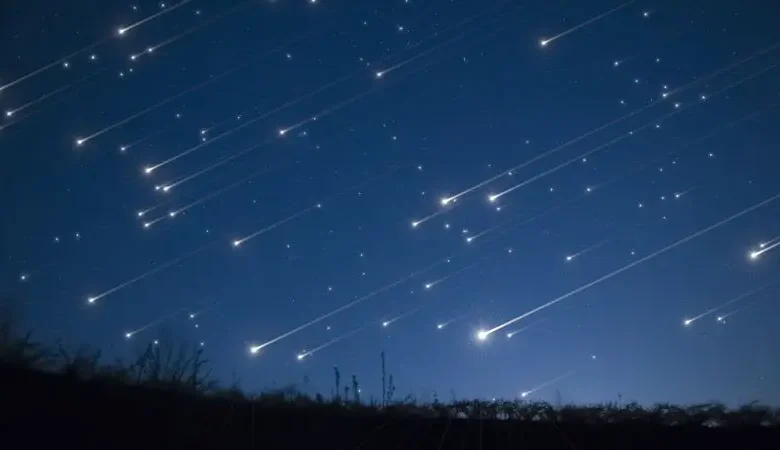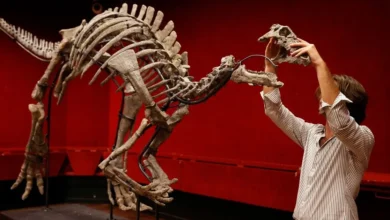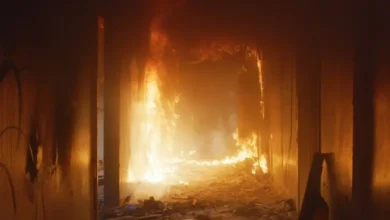Leonid meteor shower, a sight to look forward to

The year has truly been a treat for skywatchers, offering breathtaking planetary alignments and dazzling meteor showers, and it isn’t over just yet as the upcoming arrival of the highly anticipated Leonid meteor shower is nearing, set to reach its peak during the early hours of November 18th.
This mesmerizing event will be visible from various locations across the globe, and the viewing conditions are expected to be exceptional. Thanks to minimal moonlight interference, the night sky will be unobscured, providing optimal visibility for meteor enthusiasts.

During the peak hours after midnight on Saturday morning, viewers can anticipate a show of approximately 10-15 meteors per hour. Though these meteors may be smaller in size, roughly equivalent to a pea, their luminous display is sure to captivate audiences.
So, what exactly is the Leonid meteor shower, and why should it pique your interest?
This phenomenon occurs when the Earth passes through the debris left behind by the Tempel-Tuttle comet. These fragmented remnants, hurtling through our atmosphere, burn up in a brilliant spectacle of light.
While the Leonid meteor shower may not produce the jaw-dropping fireballs seen in other meteor showers, such as the Taurids, the elegance and charm of these smaller meteors are not to be underestimated.

What sets the Leonid meteor shower apart is its incredible speed. It ranks as one of the fastest meteor showers, with cosmic dust fragments zooming through our atmosphere at a remarkable speed of 71 kilometers per second (44 miles per second).
Additionally, the Leonids have gained fame for their ability to occasionally produce meteor storms. These extraordinary occurrences, where an unprecedented number of comets streak across the sky, are a sight to behold.
One such awe-inspiring storm was witnessed by people in the US Southwest in 1966 when a staggering 3000 meteors per minute illuminated the heavens.
Meteor storms like the Leonid are rare, occurring every 33 years with the Tempel-Tuttle comet’s orbit. The next storm is expected around 2032, making it a highly awaited event.
To increase your chances of seeing this spectacle, escape urban areas, avoid artificial lights, and let your eyes adapt to the darkness.










